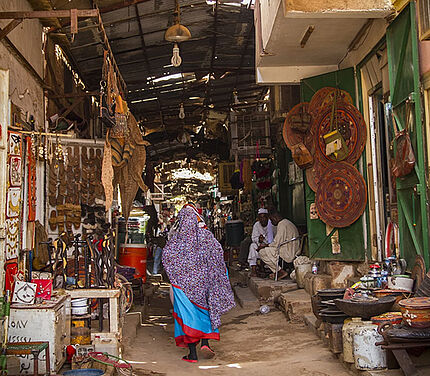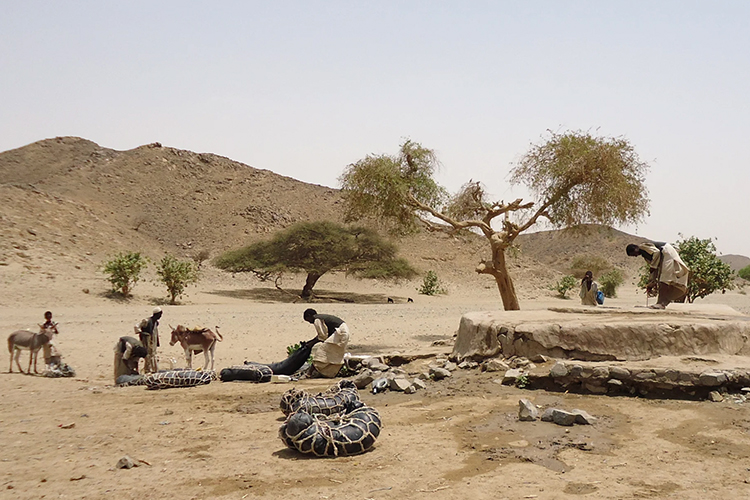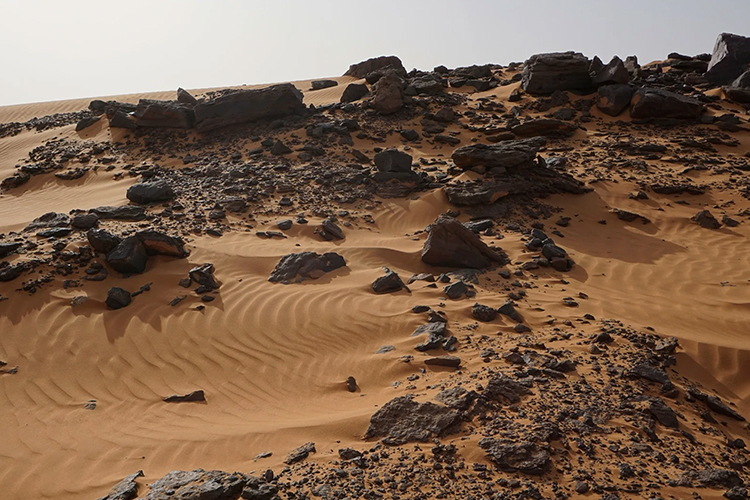AFRICA
Sudan
Area: 1,861,484 km²
Geography: Sudan is a state in Northeast Africa, sharing borders with seven other nations and the Red Sea. Desert dominates the north of the country and the rest of Sudan’s landscape is generally flat and featureless plain. The White Nile and the Blue Nile meet in Khartoum and form the river Nile, which is Sudan’s primary water source. The climate is correspondingly to the terrain, hot and dry and the desert is arid. The rainy season varies by region from April to November. (CIA, 2019)
Land Degradation: Land degradation and deforestation threaten Sudan’s prospects for long-term food security, sustainable development and peace. According to UNEP, the rapid erosion of environmental services are among the root causes for decades of social strife and conflict. Agriculture is the largest economic sector in Sudan, and is at the heart of the country’s most serious environmental problems. In particular, disorganized and poorly managed mechanized rainfed agriculture has been exceptionally destructive – leading to large-scale forest clearance, loss of wildlife, and severe land degradation. (ELD, 2015)

ELD ACTIVITIES

-
Case Study (2015)
The study conducted in eastern Sudan investigates the impact of adopting integrated sustainable land use and forest restoration on land degradation and livelihoods of the farmers in the research area, Gedaref State. The results reveal the net present value returns to society as well as to the individual farmer of intercropping senegal trees with sorghum crops to be significantly higher than that of continuing pure sorghum cultivation over a 25-year time horizon.
- Case Study Report (en)

CONTACT
ELD Secretariat
E-Mail: info@eld-initiative.org
